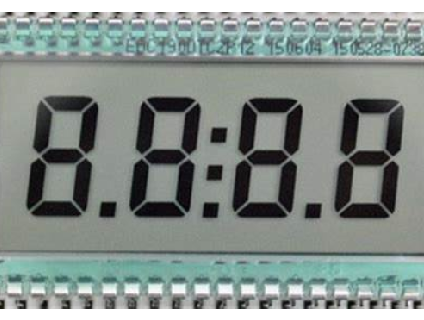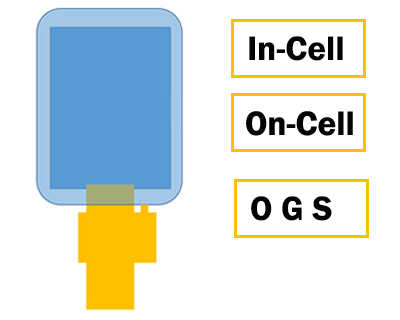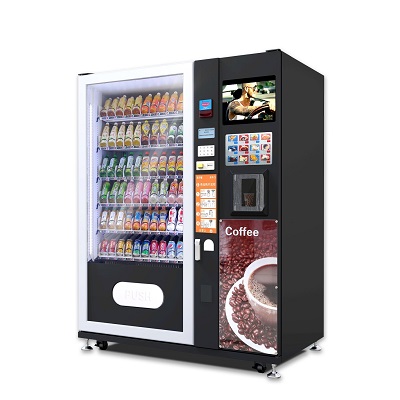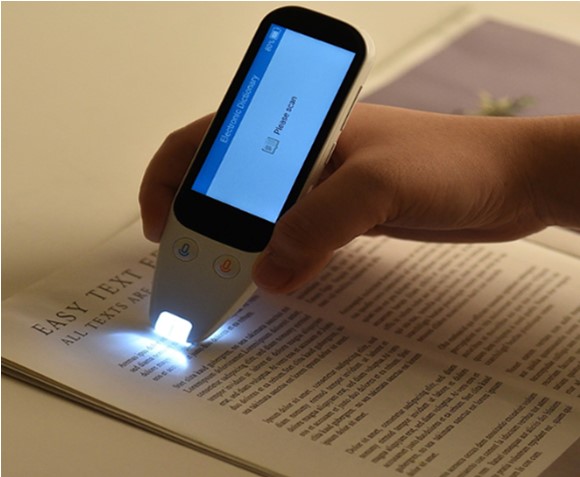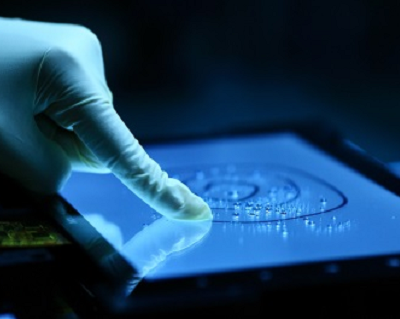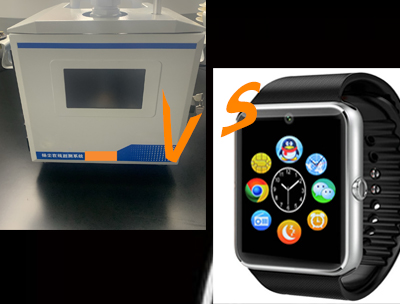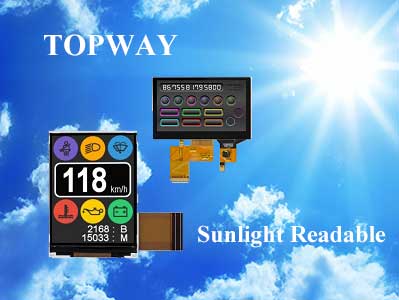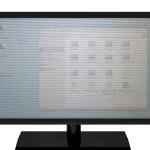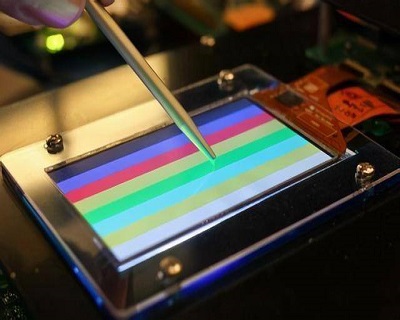Liquid crystal display is "the" screen that we see or touch the most, day in and day out.
LCD Displays are interfaces between human and machine. They expose to various environments. Cleaning them from time to time is necessary.
In-Cell, On-Cell and OGS(One Glass Solution) are three new ways to create capacitive touch screen display.
Compare capacitive vs. resistive touchscreens. Understand the trade-offs in durability, performance, and cost for industrial, medical, and automotive applications.
With innovations continuing in the realm of device-based aesthetic procedures, more and more aesthetic devices equipped with color LCD display. And Smart TFT LCD is particularly suitable for medical aesthetic equipment.
Touch screen vending machines belong to high-end devices. They bring a more friendly and familiar feeling when making purchases. This operation is similar to customers’ experience on smartphones, pads and other smart devices.
A scanning translation pen is a handheld device with monochrome or color display screen.
We all used touch screen more or less everyday. But do you know how to get CTP working in optimal state?
TFT LCD display for industry use is very different from consumer one.
There are two directions to create sunlight readable TFT LCD: to overpower sunlight or to work with the ambient light.
LCD screen burn in is also called image retention or image persistence.
LVDS is one of the main interfaces of TFT LCD display module. It has faster data transfer and lower power consumption than other interfaces.

